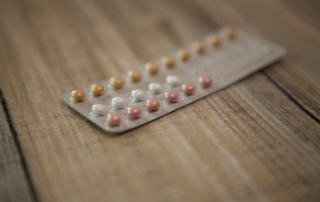In Brief: Mothers with Affective Illness (Even In Remission) Have Deficits in Emotional Processing
We have long known that postpartum depression may have negative effects on the child and may contribute to deficits in social development and emotional regulation. Exactly what mediates these effects is not so clear; however, [...]







